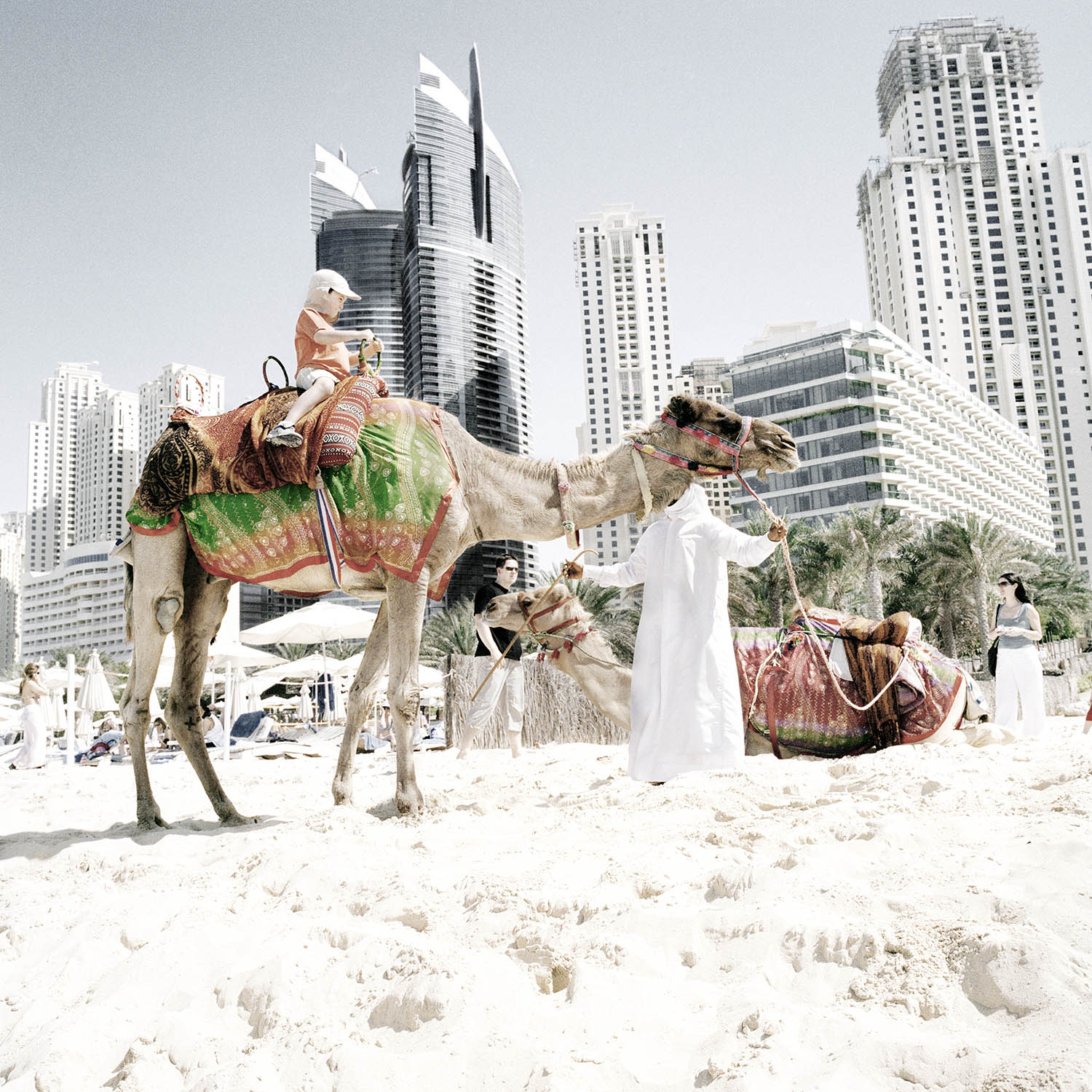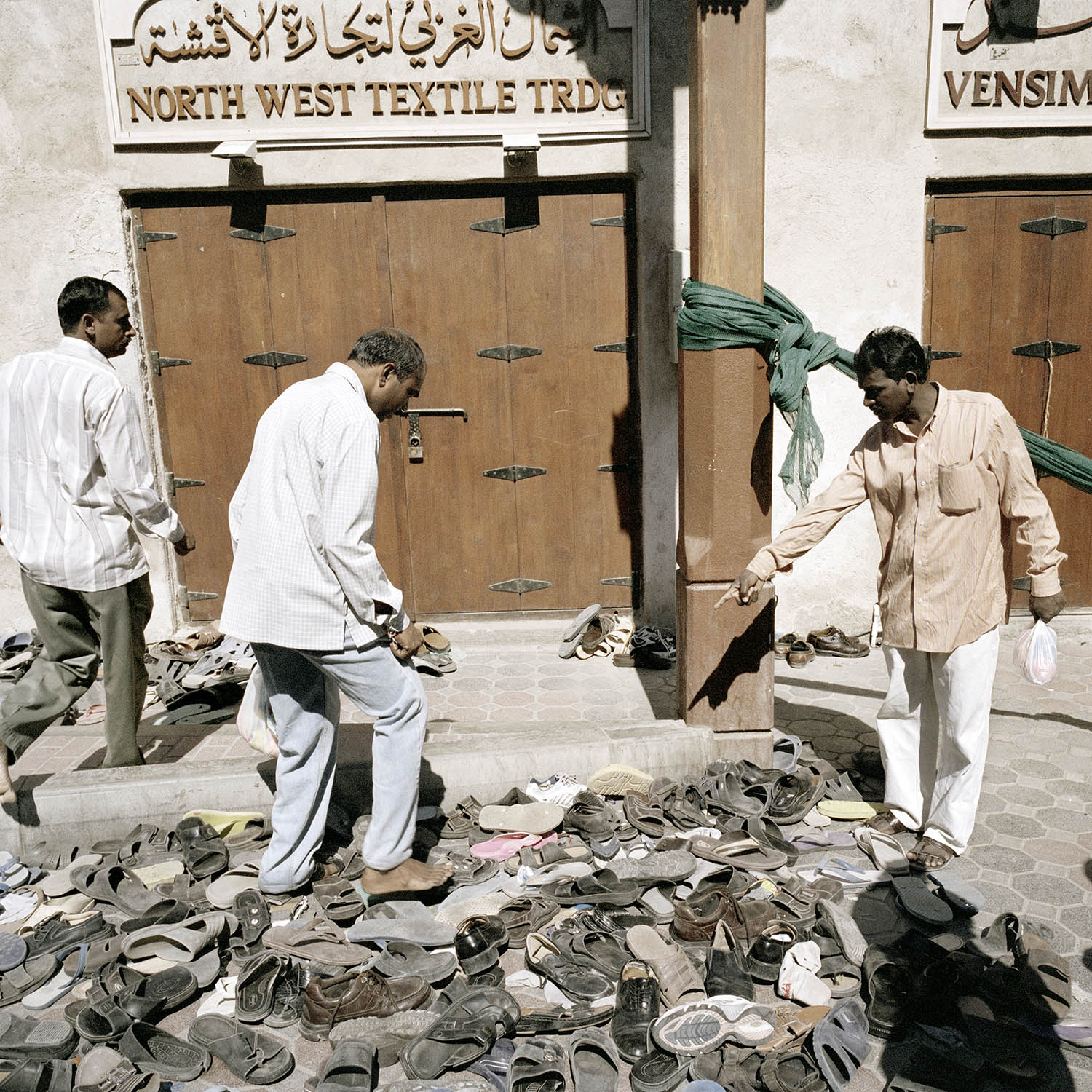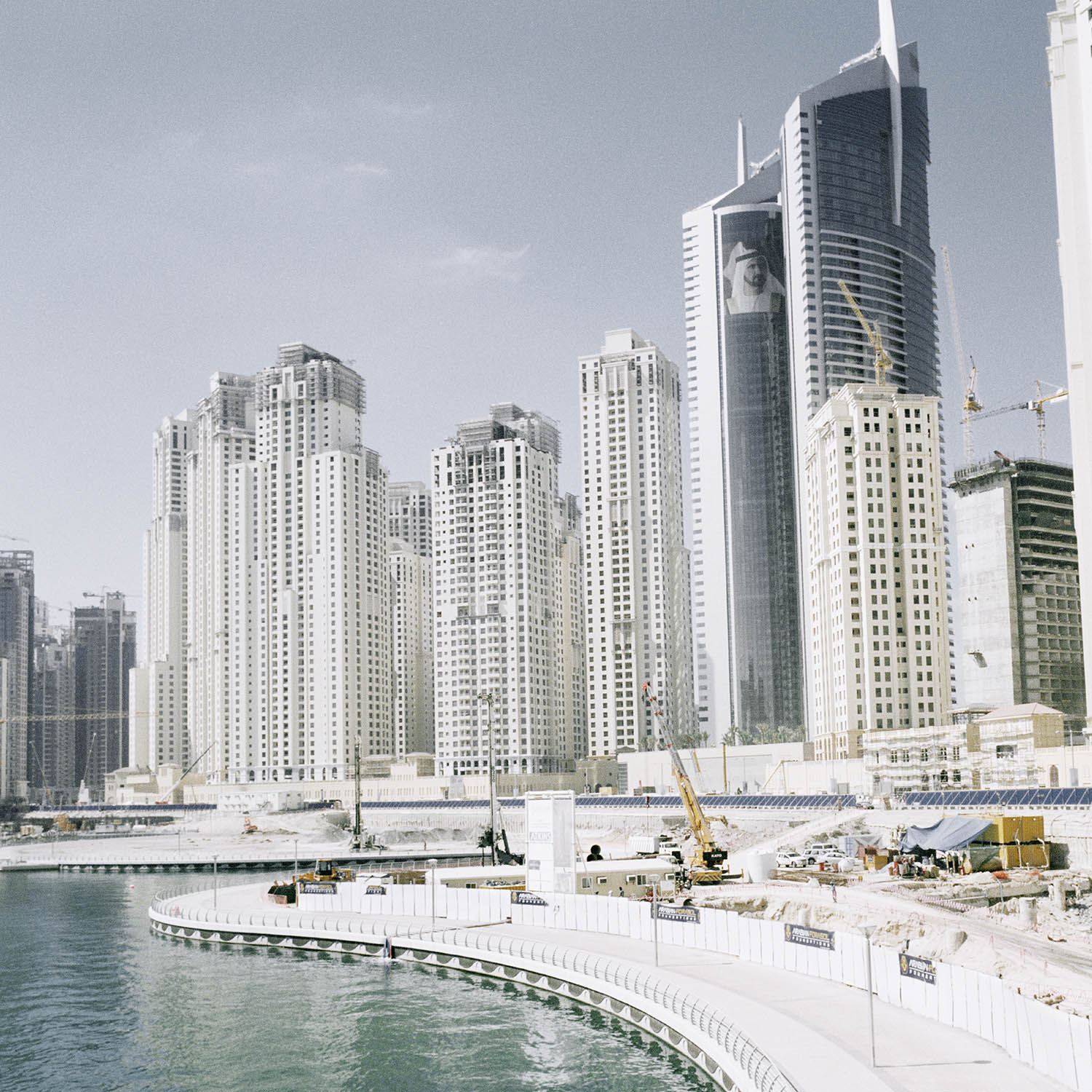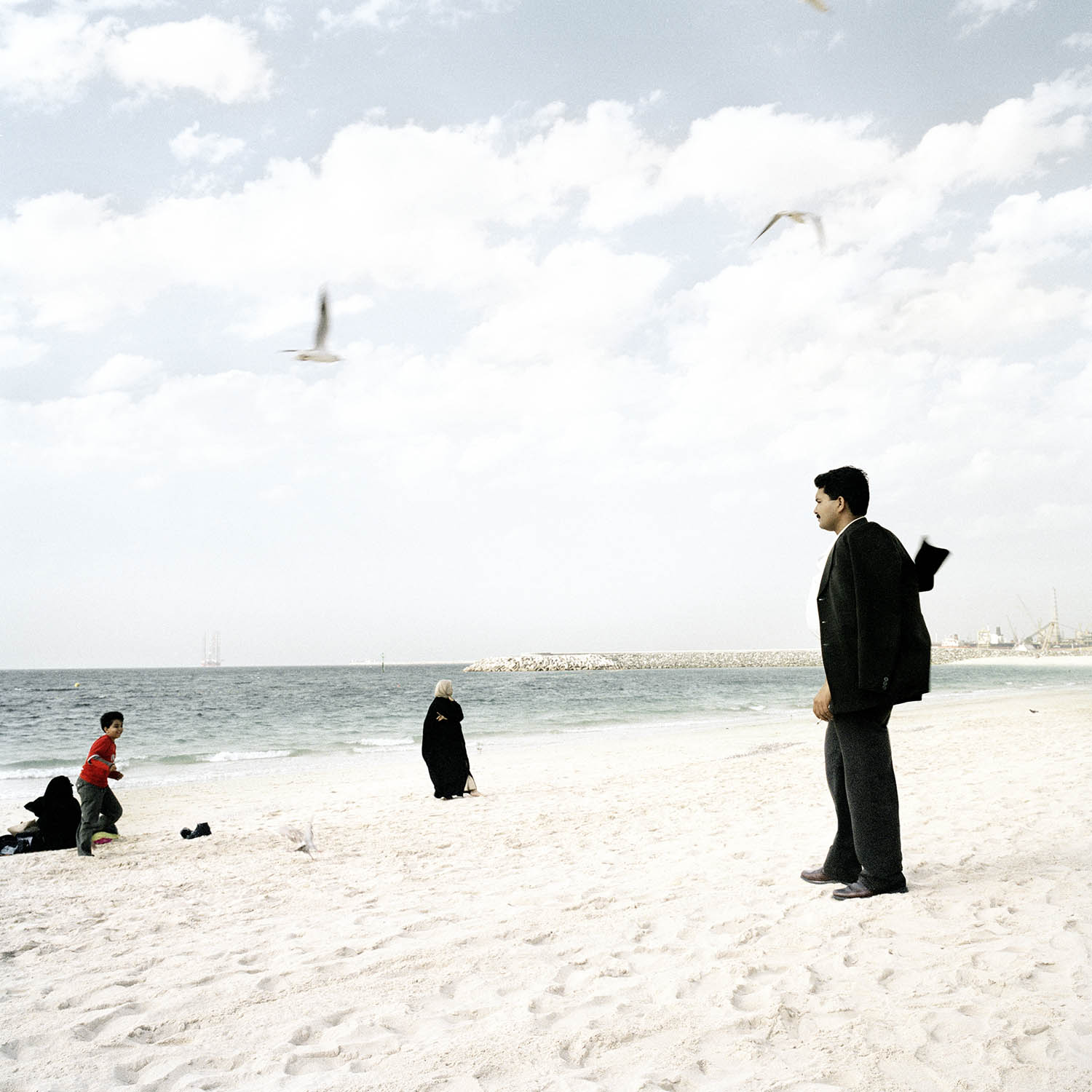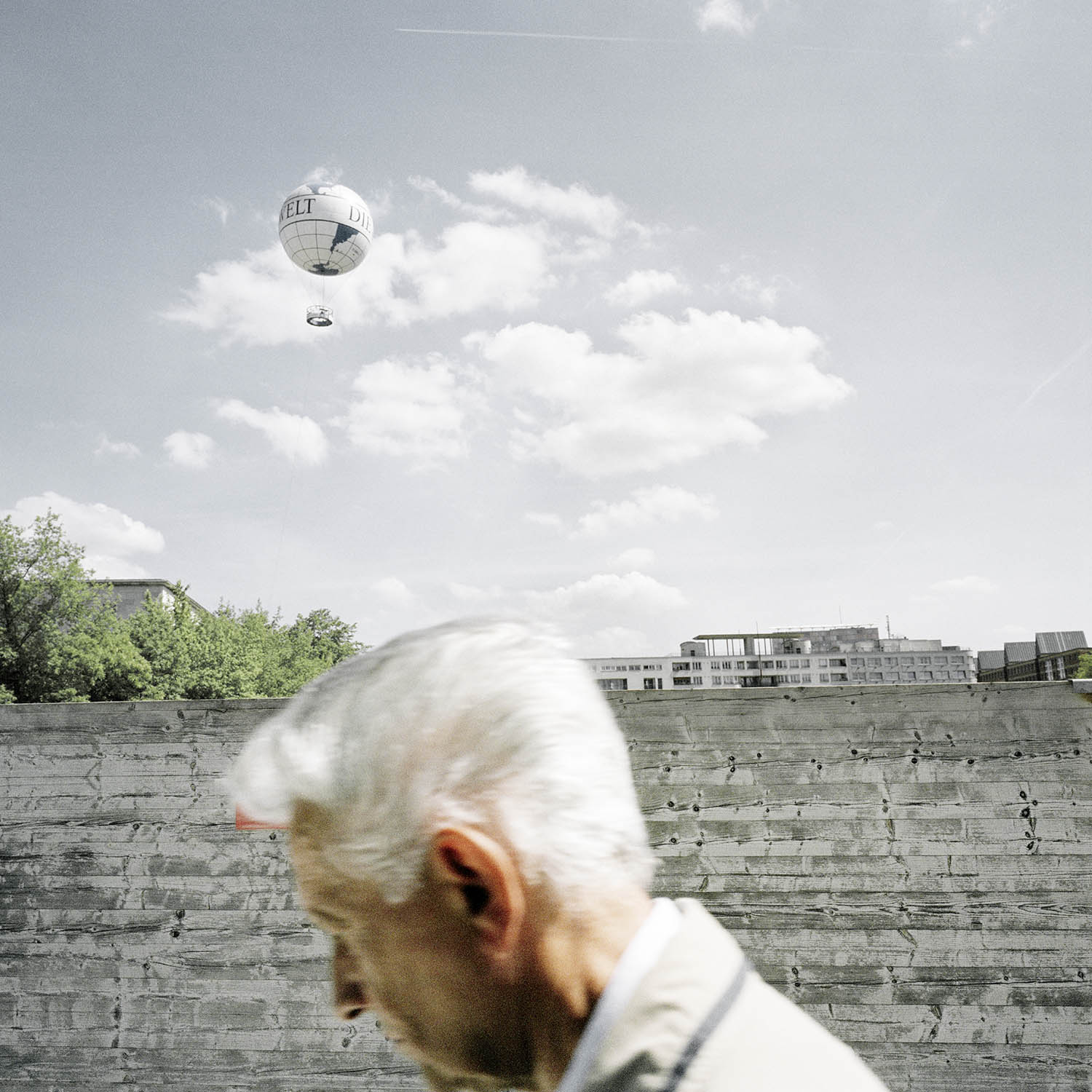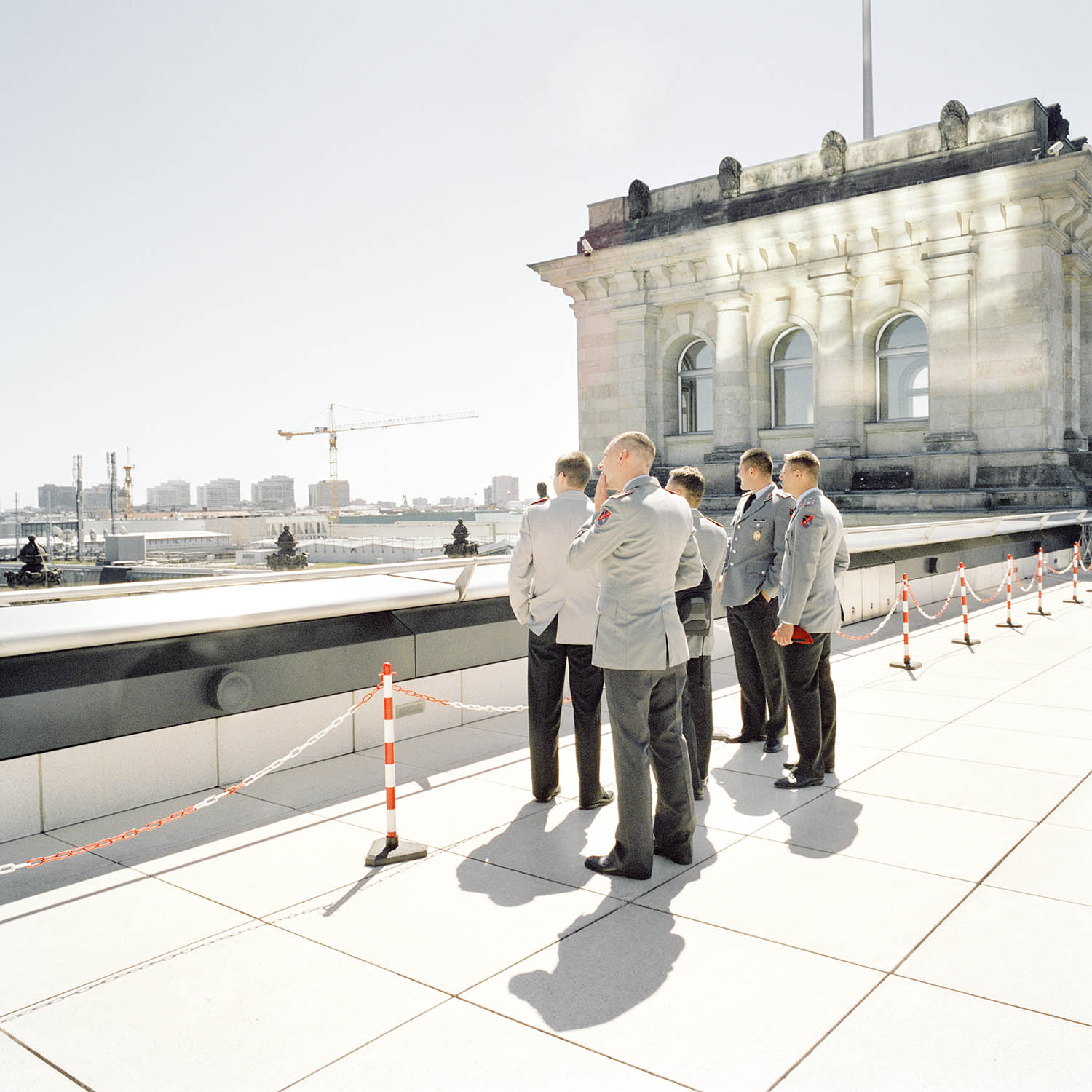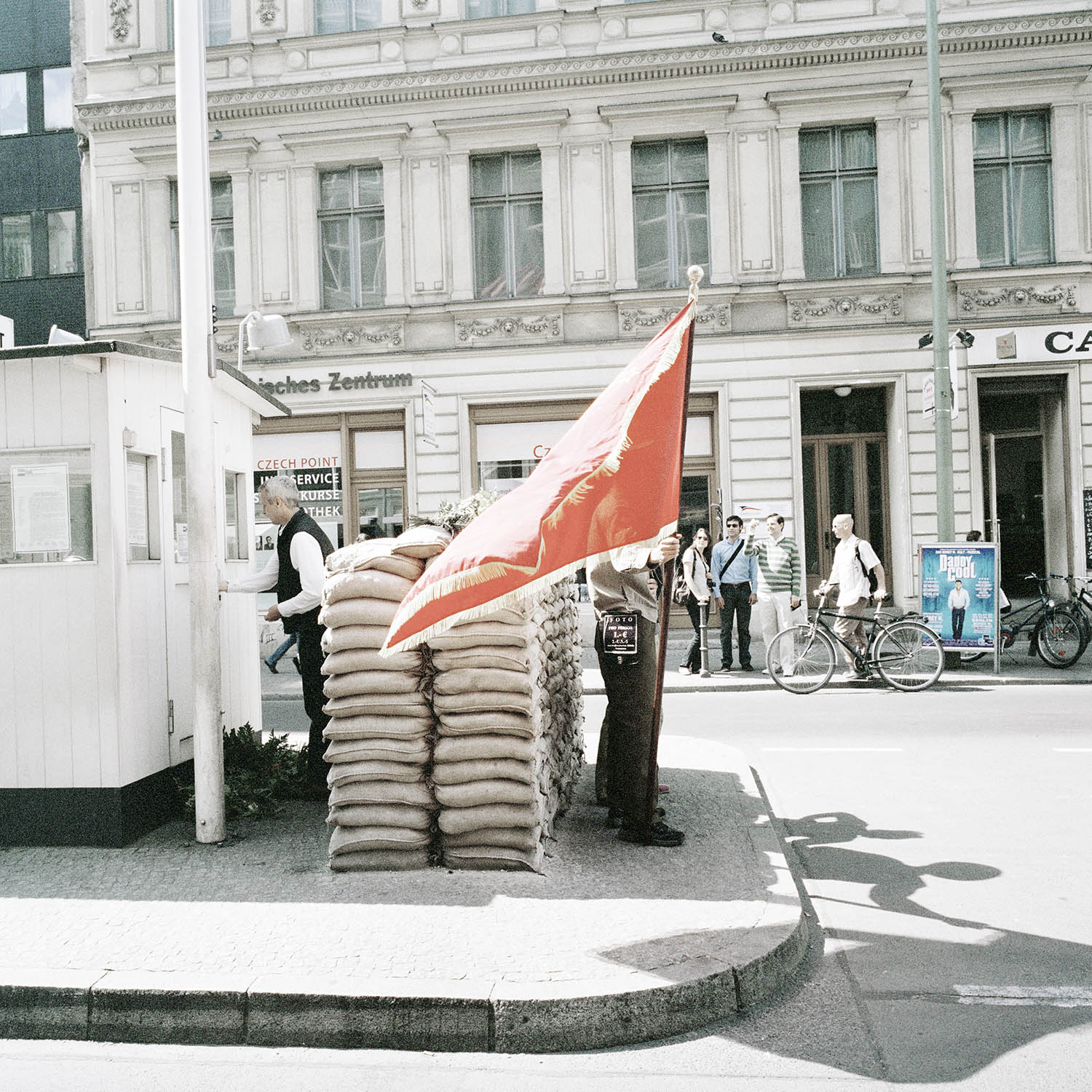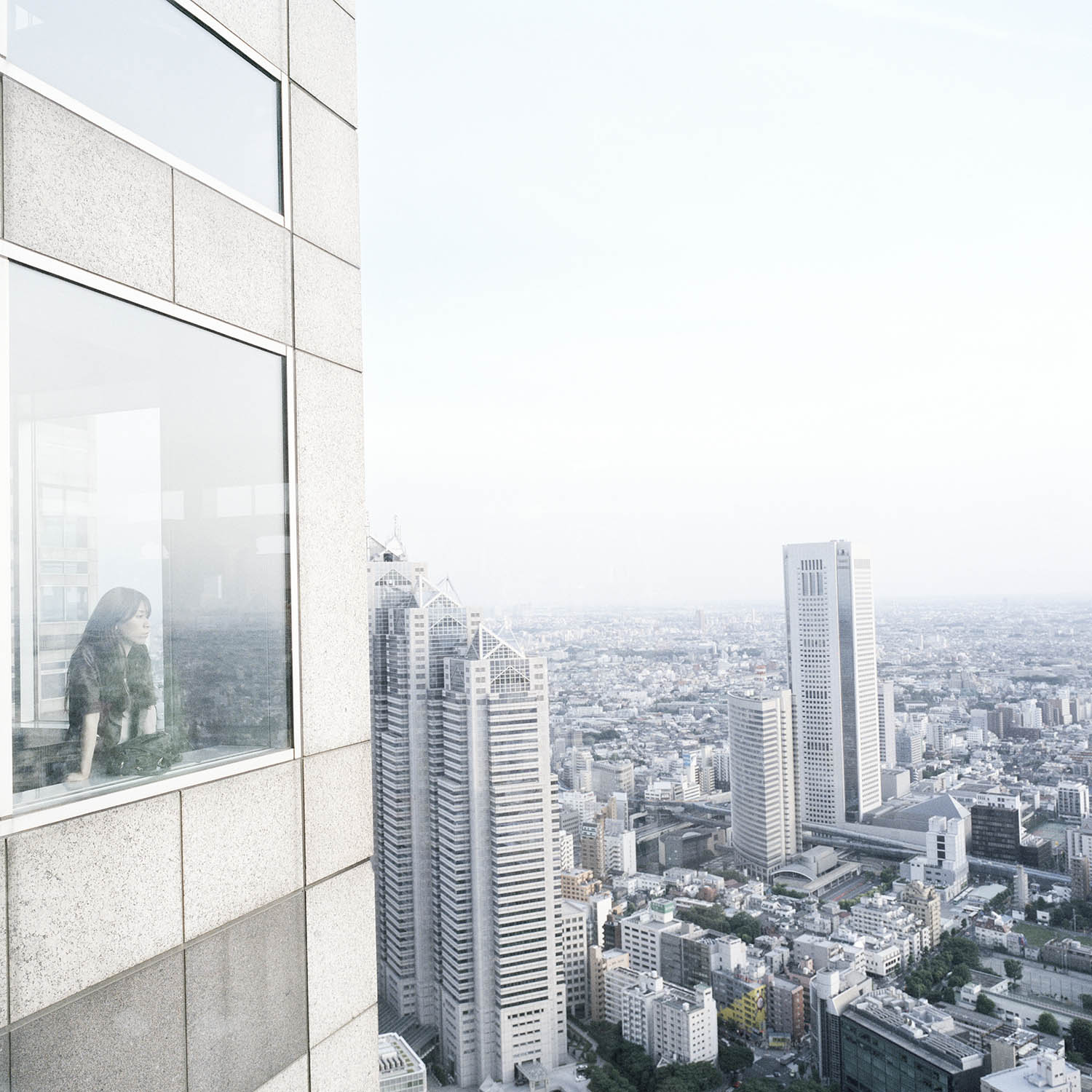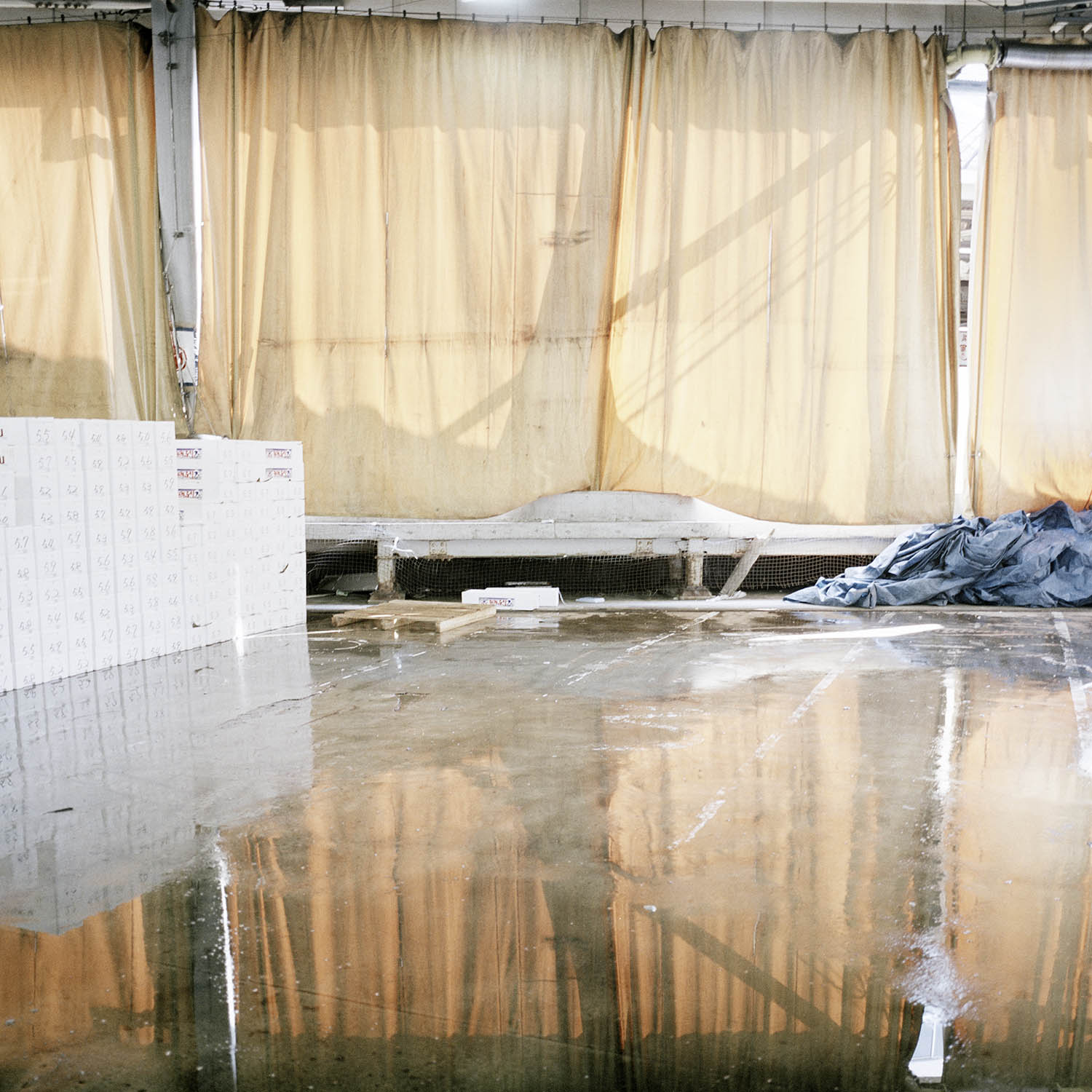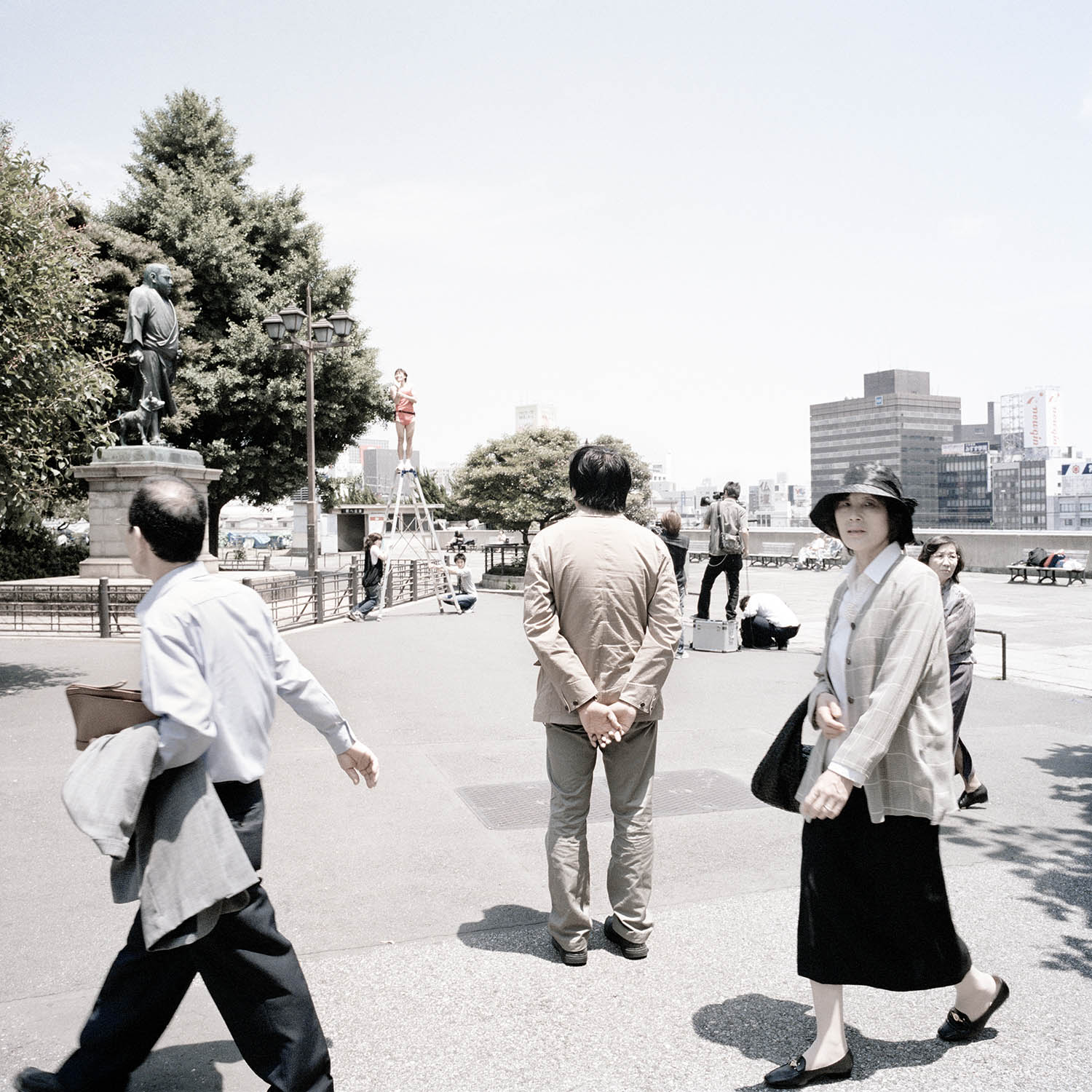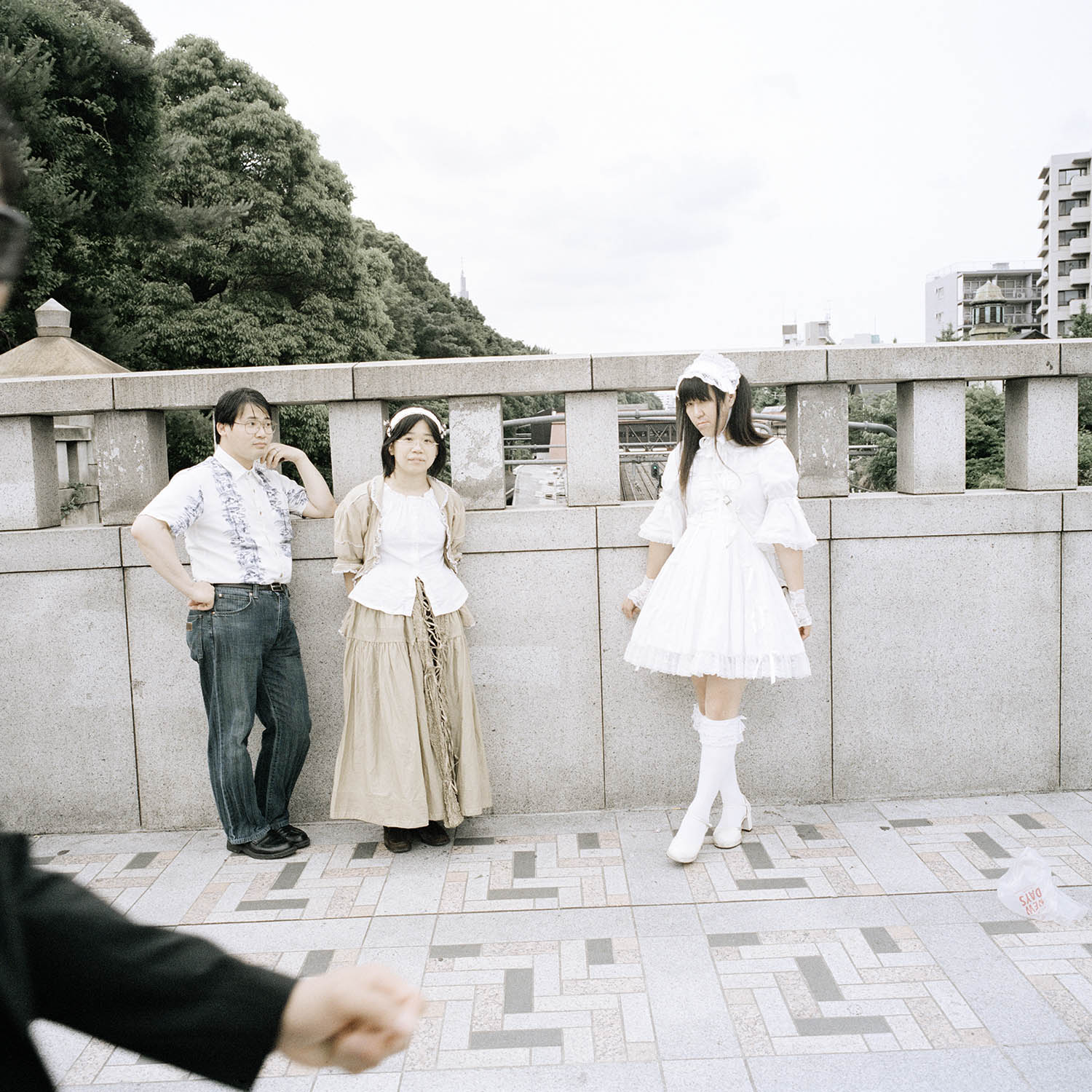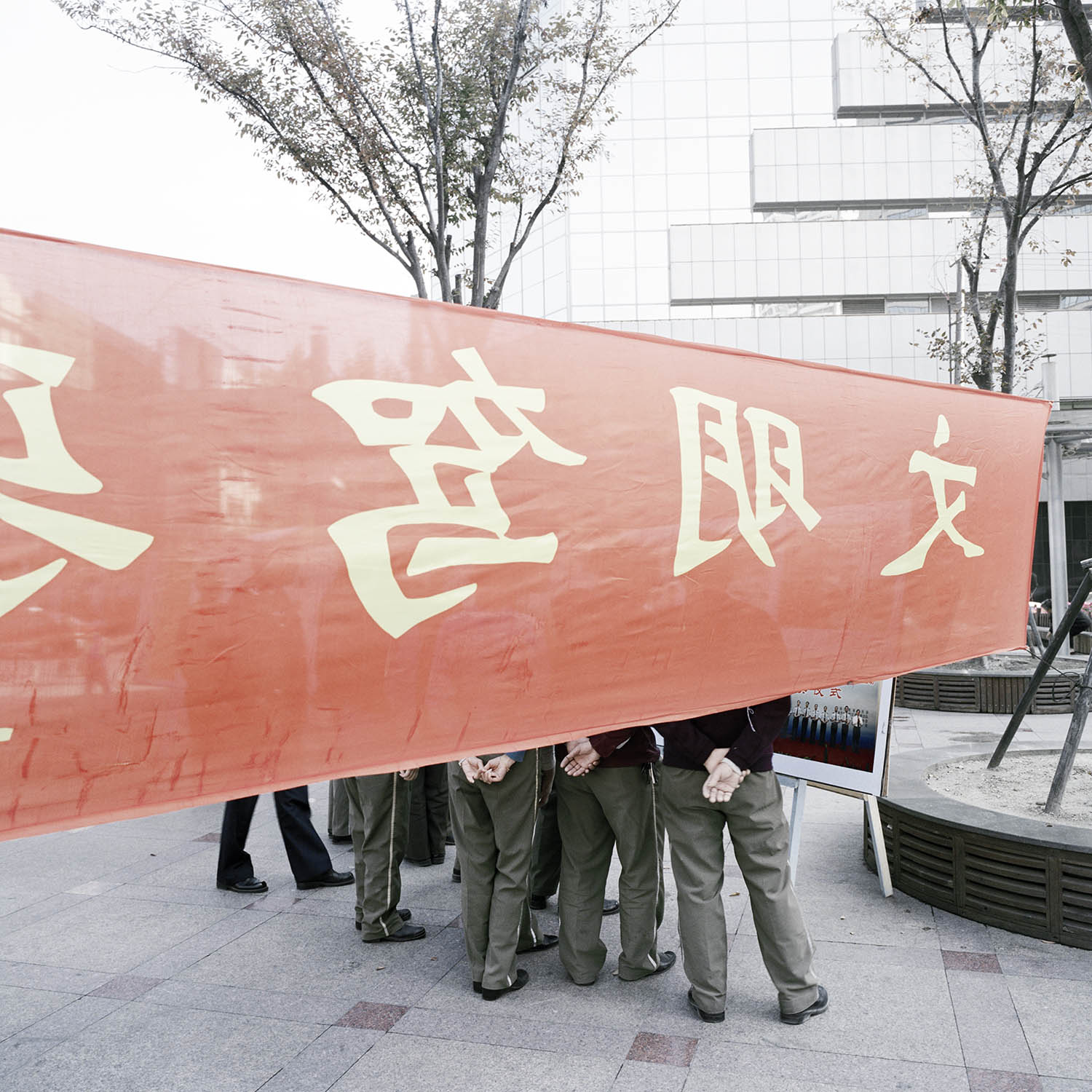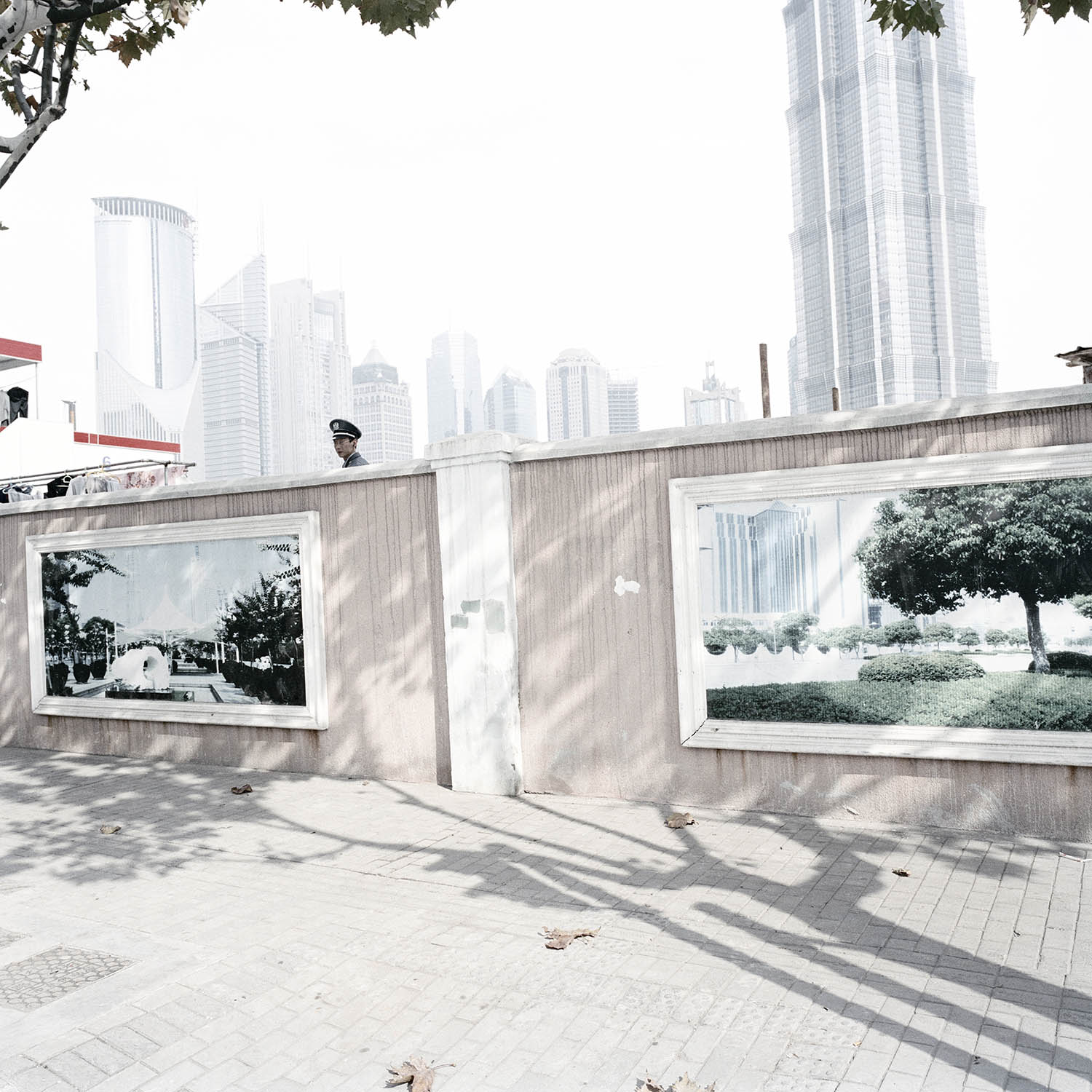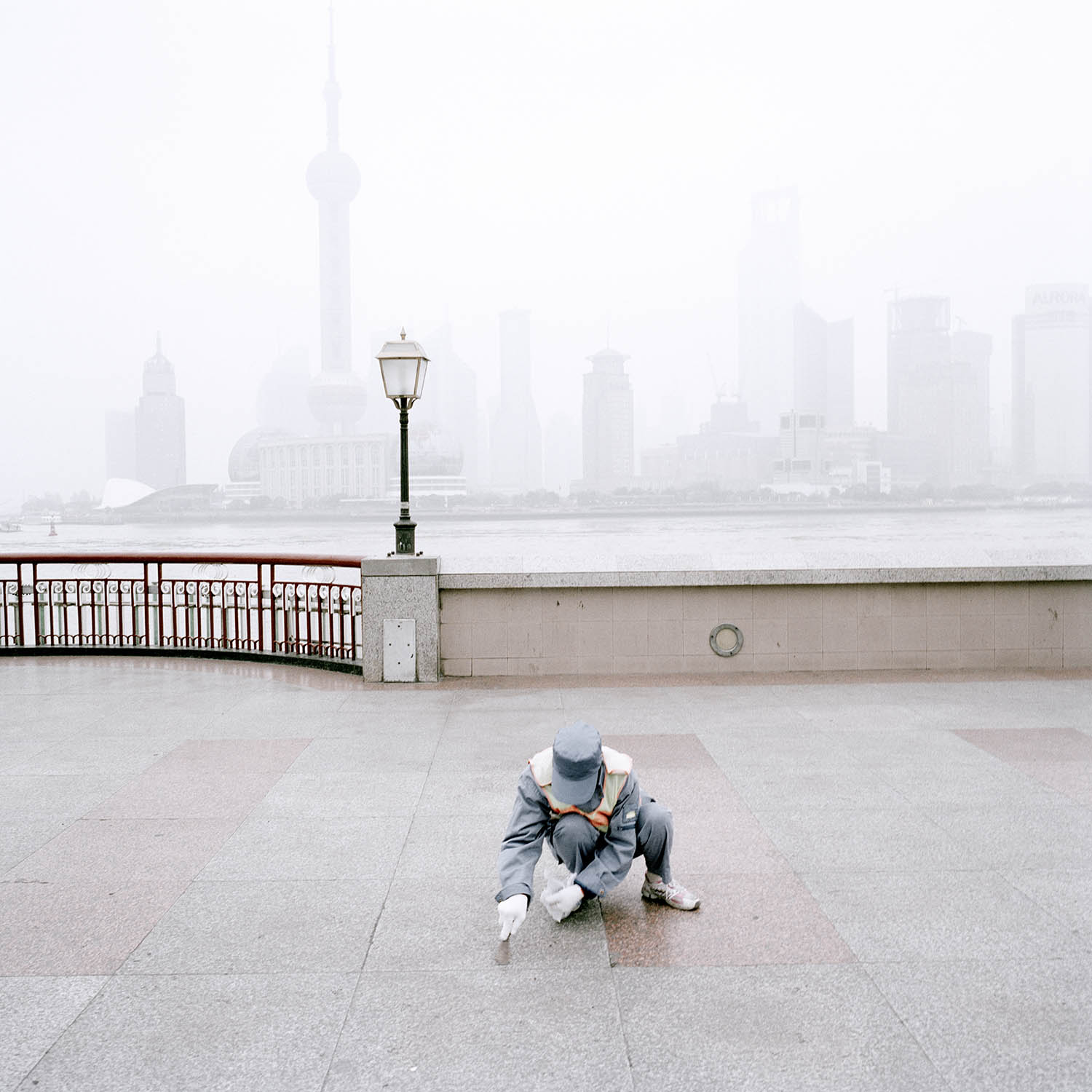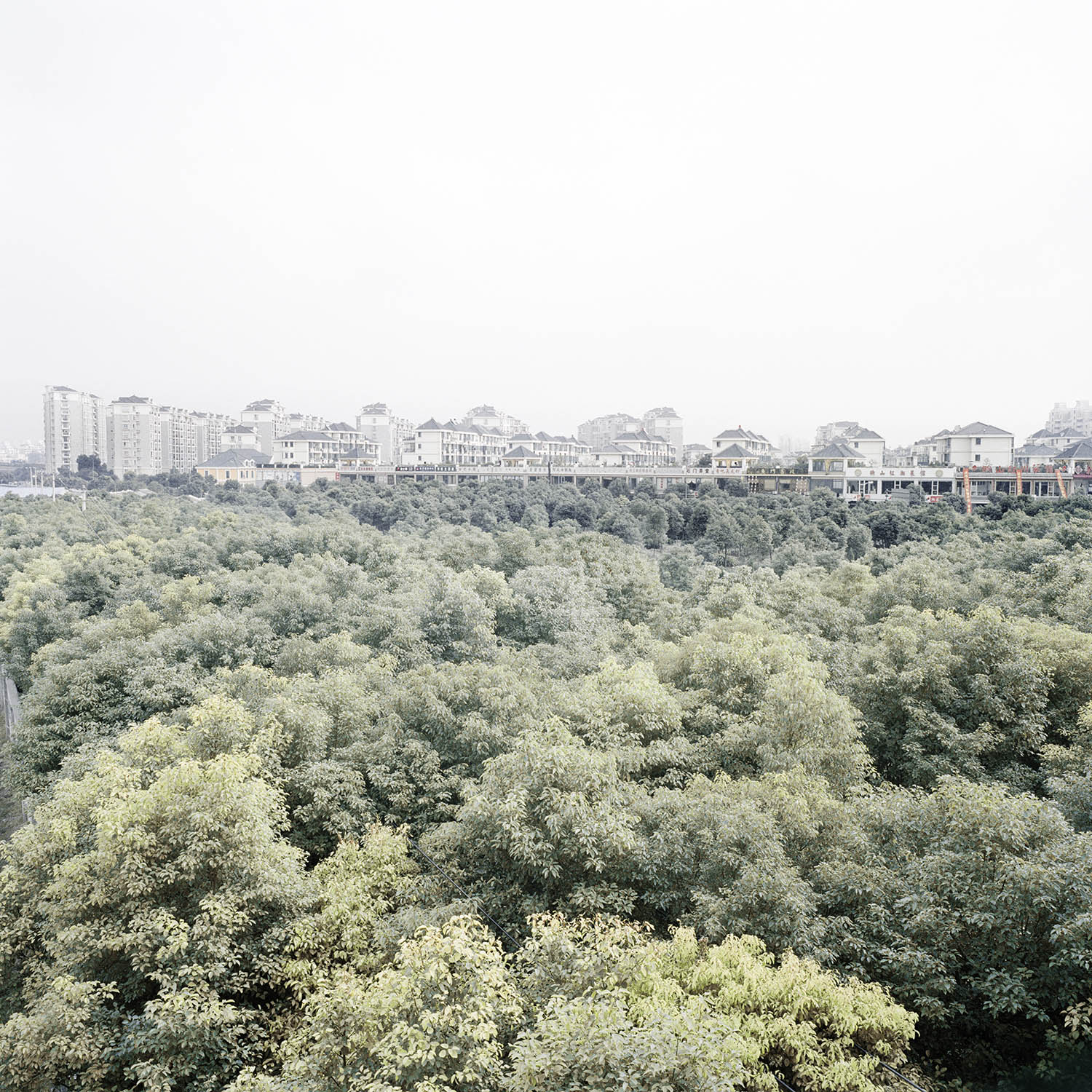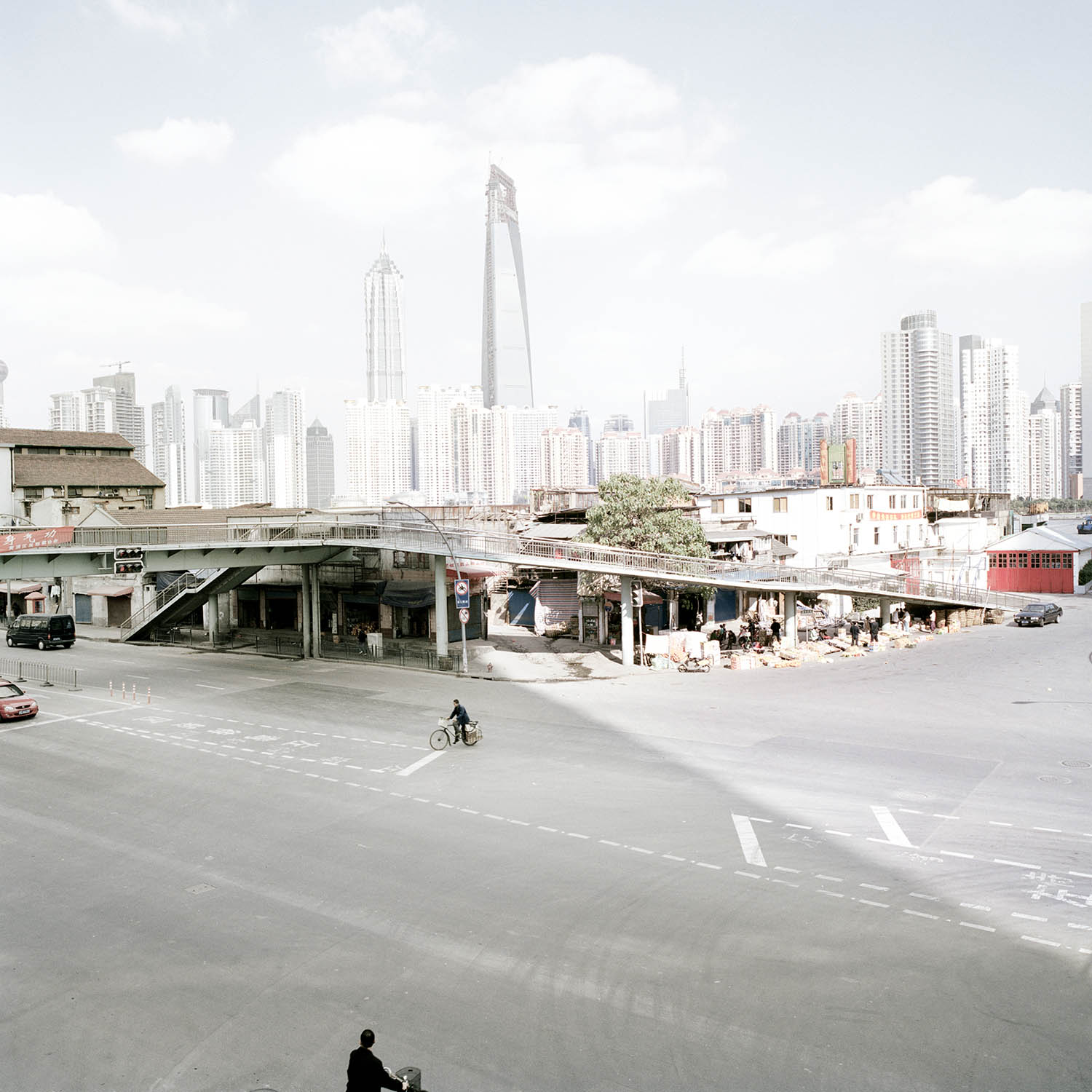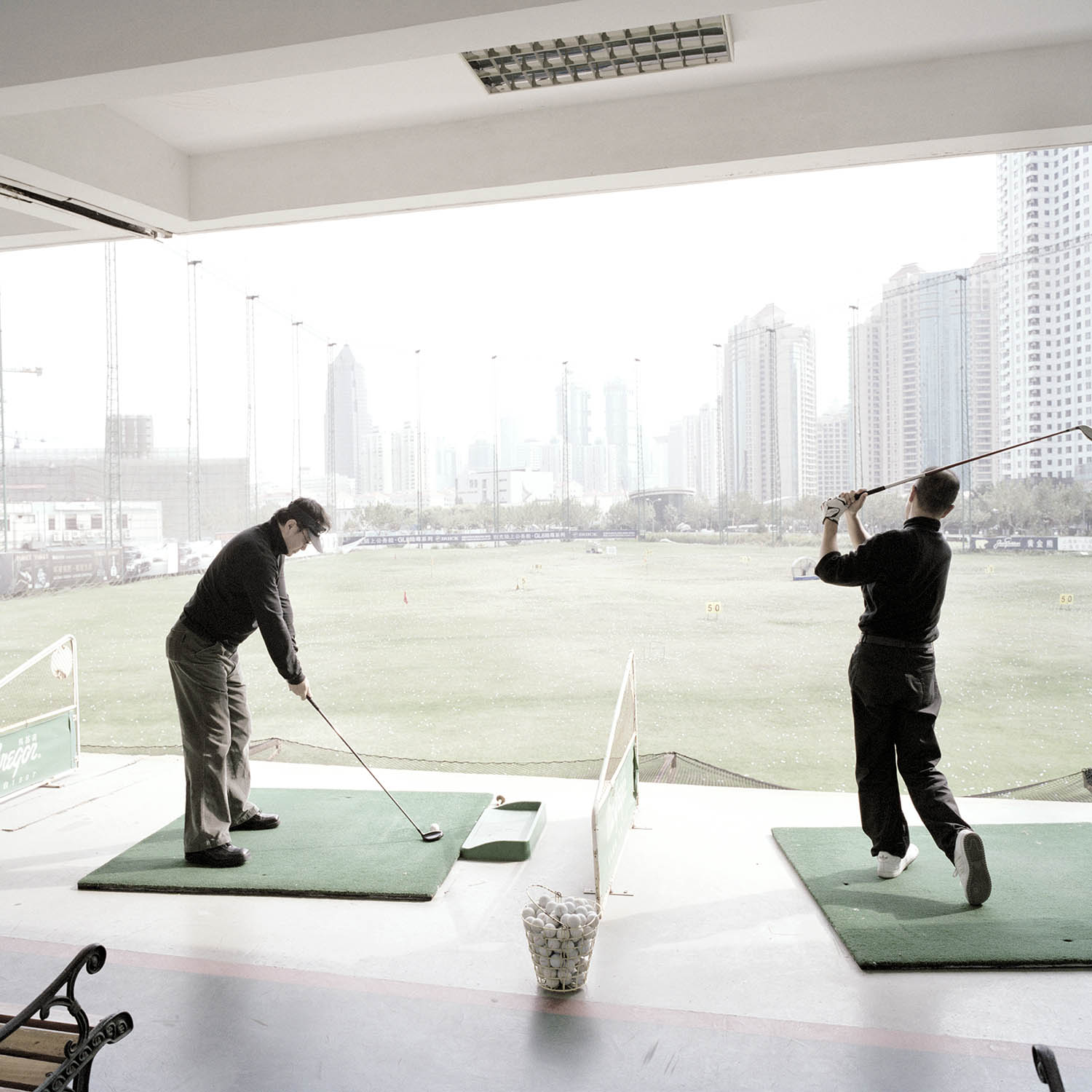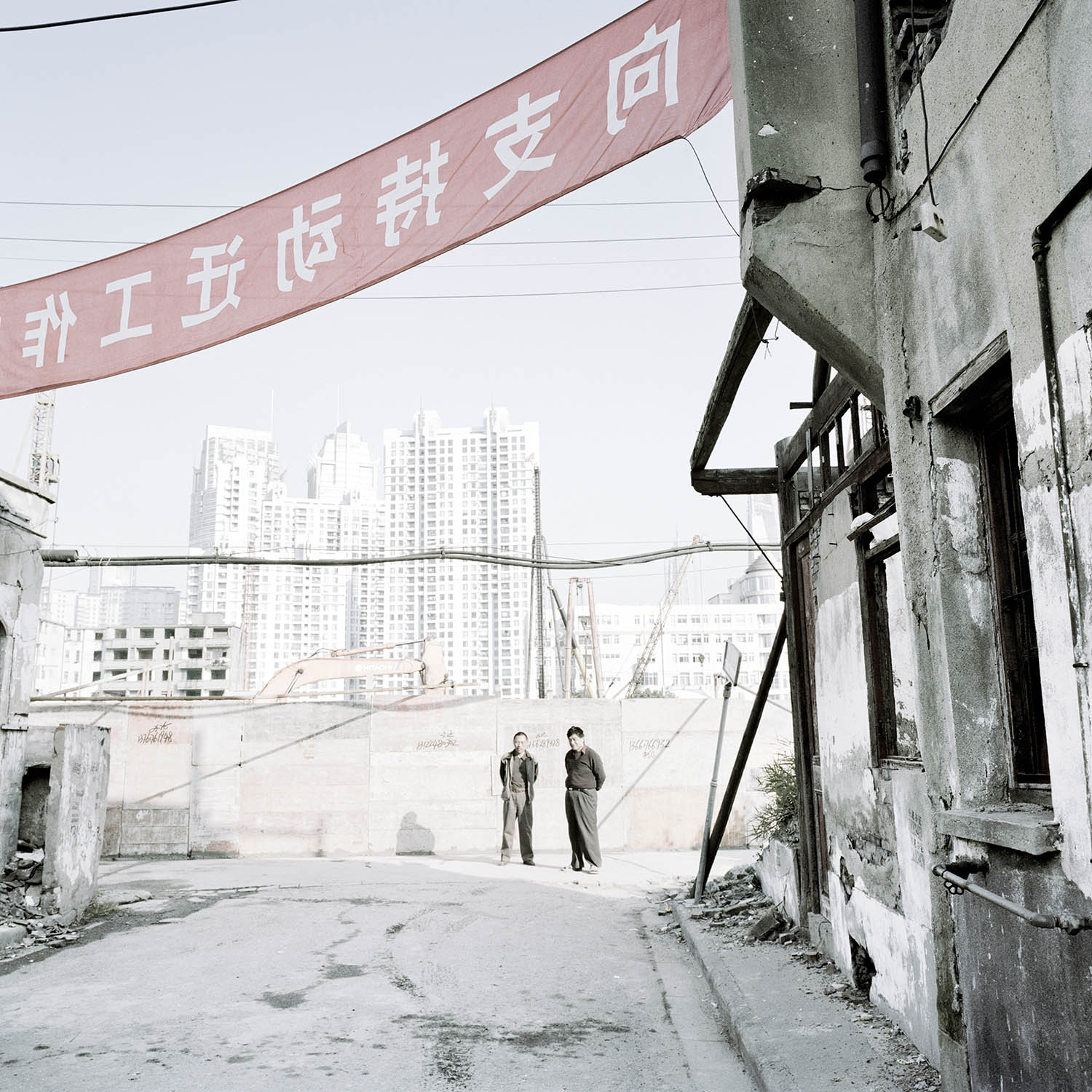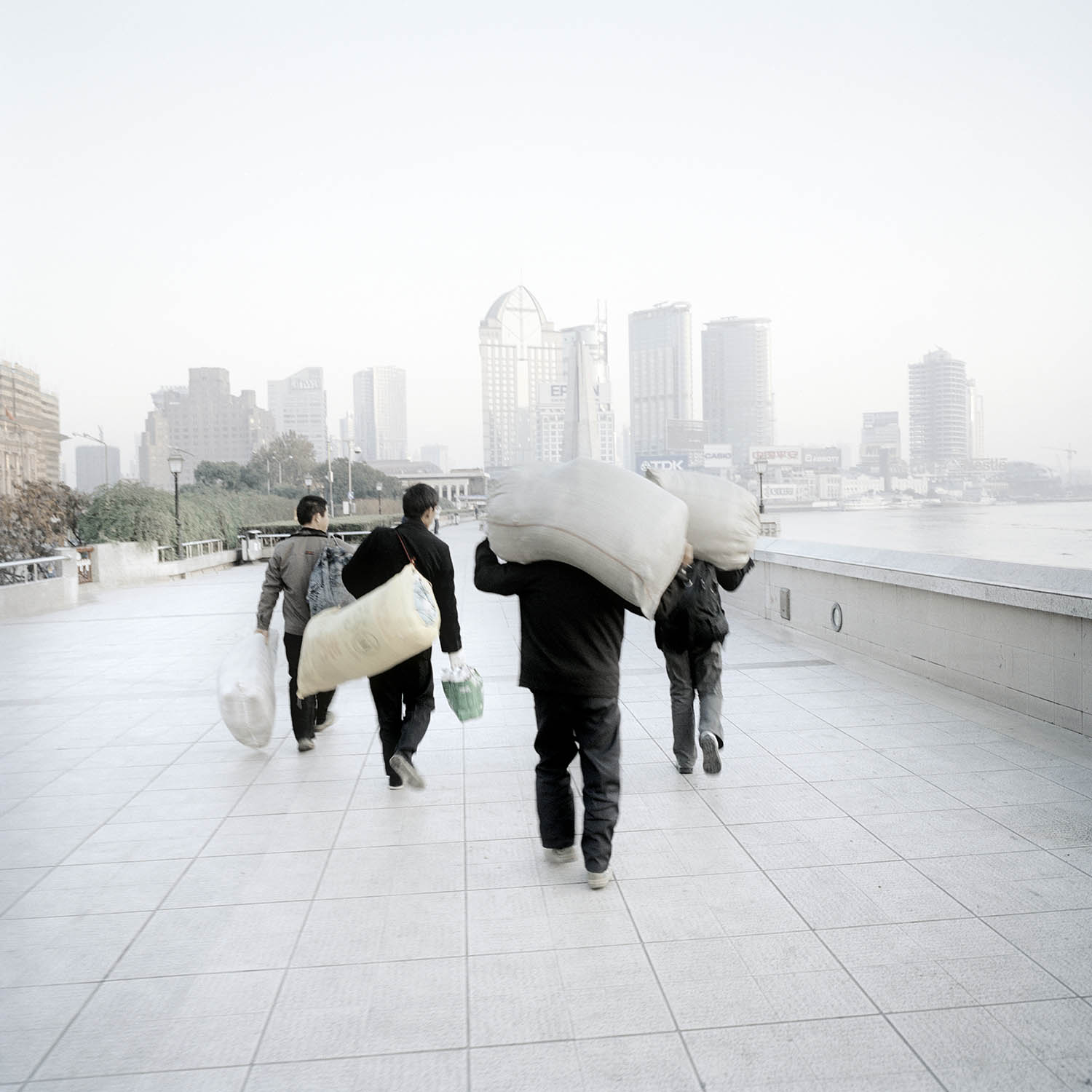Quanto è sovrapponibile il concetto di “città” con quello di “casa”? Cosa effettivamente rende un centro urbano migliore di un altro? Qual è il valore aggiunto che permette ad una capitale di essere assurta a modello? Si pensa alla modernità, ovviamente, alla vivibilità, alla praticità. Ma anche al verde, alla storia ai monumenti. Vengono in mente le città leggendarie narrate da un immaginario Marco Polo animato da Calvino, o una fattoria sperduta tanto denigrata quanto desiderata che due scarpette rosse possono tornare a rendere vicina, e reale. Si cerca il bello, lo spettacolare, il moderno, così come si agogna un albero, il mare, l’aria, la presenza di un ricordo, la tradizione. E, qualche volta, anche un piccolo innocuo difetto, che permetta di farsi calzare addosso la propria città così come si farebbe con un vecchio maglione sformato, che non si butta via perché è caldo, e bello, e fa sentire a casa. Come conciliare dunque una dicotomia fra l’efficienza e la personalizzazione? Qualcosa che faccia considerare assolutamente desiderabile un posto, ma che al tempo stesso non lo privi di una caratterizzazione che lo renda sempre e comunque riconoscibile e “proprio” per chi ci vive dentro? E’ possibile creare un modello, replicabile e ugualmente applicabile in ogni angolo del mondo?
Da questo desiderio di indagine nasce il progetto City Models, costola e complemento del reportage The Lives of the cities, che affronta in maniera più intimista e umana il rapporto e il contrasto e la compenetrazione fra l’anima umana e il contenitore cittadino, fra l’invivibilità e il senso di appartenenza.
Per la prima volta nella storia dell’umanità, la popolazione dei centri urbani ha superato in numero quella delle campagne. Tra un trentennio i tre quarti dell’umanità vivrà in un universo di vetro acciaio e cemento. Quattro i modelli proposti, quattro esempi di città che hanno raccolto una sfida, trasformando la propria immagine e la propria configurazione per rispondere a delle esigenze di bellezza, di spettacolarità, di efficienza, in qualche caso anche di sfarzo e ricchezza. Quattro città che nell’ultimo decennio hanno cambiato il proprio volto, a volte integrando i ricordi del passato, altre cancellandone ogni traccia, creando una città nuova e perfetta. Il giudizio morale sulle procedure di trasformazione è volutamente sospeso, anche se impercettibilmente presente. Quattro angoli del mondo con un passato differente, e diverse prospettive per il futuro.
Testo di Massimo Mastrorillo/Chiara Oggioni Tiepolo

